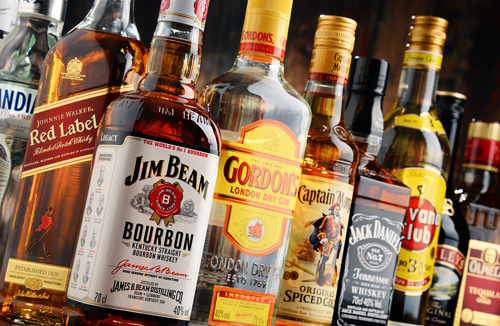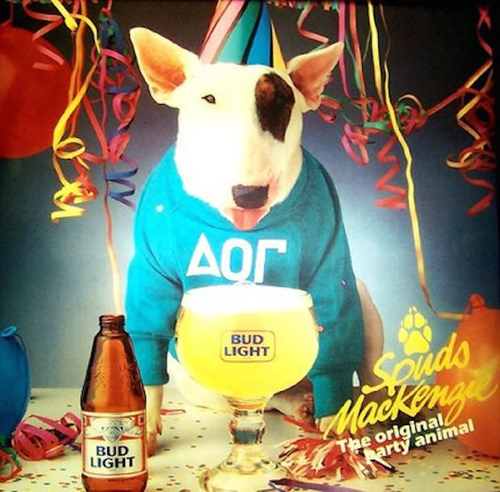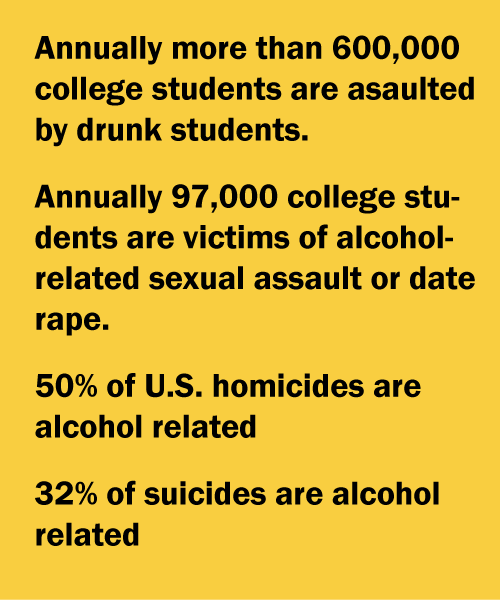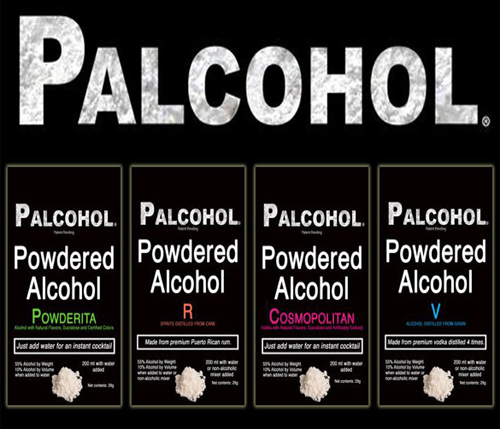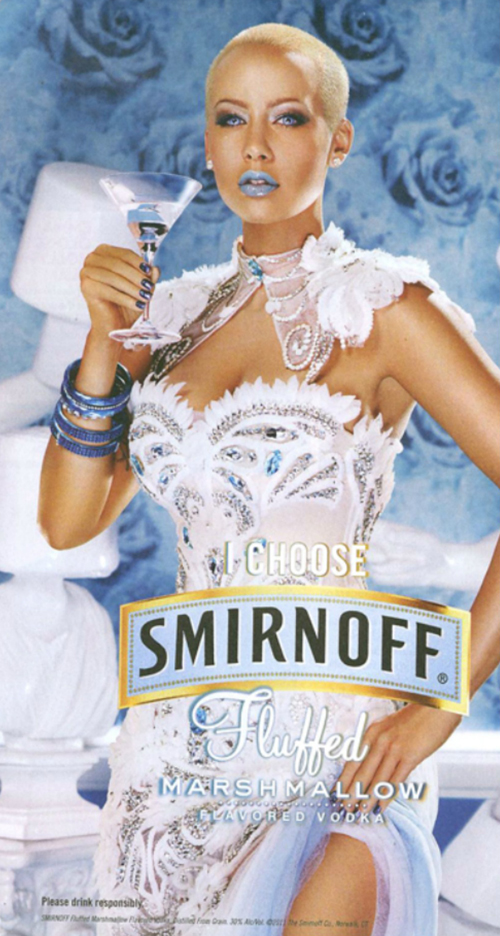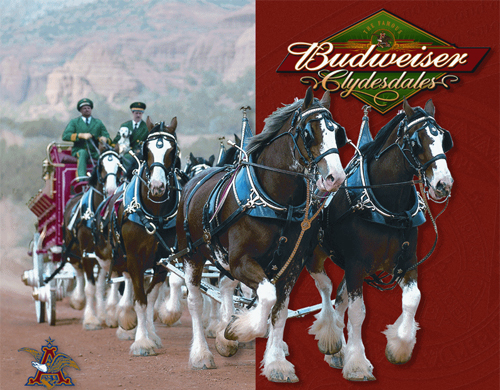Alcohol
Excerpt Pages 147-148
This is the pivotal chapter of the book. It is the last chapter on legalpsychoactive substances. It is the first chapter on intoxicating compounds.And by some reckoning it covers the apex (or perhaps the nadir) of spices – the most harmful, alcohol.
The reckoning I’m referring to is by an eclectic group of about twenty European scientists led by a neuropsychopharmacologist and a management scientist. The group calls themselves the Independent Scientific Committee on Drugs. Meeting in a one-day interactive workshop to score twenty drugs on sixteen criteria they used multi-criteria decision analysis (MCDA) to derive the ranking of harm done by the drugs to others and to users presented in Exhibit 7.1. Its subsequent publication in Lancet, a top British medical journal attests to its excellence. They identify alcohol as the worst, that is, the most harmful drug in the United Kingdom. We can assume this analysis well represents the case also here in the United States. One has to wonder what effect the pervasive advertising of the drug has on the public health here in the land of Jim Beam and Budweiser?
Excerpt Pages 154-155
A division of the US National Institute of Health, the National Institute of Alcohol Abuse and Alcoholism1 (NIHAAA) takes a more reasonable approach in its surveys asking about consumption in the last month. They report that 88 percent of American adults have at least one drink in their life, 71 percent at least one drink in the last year, and 56 percent at least one drink in the last month. Twenty five percent reported binge drinking in the last month (drinking five or more alcoholic beverages on the same occasion on at least one day in the past 30 days). Seven percent reported drinking heavily in the last month (binge drinking five or more times in the last month). This 7 percent also corresponds to the number of American adults displaying alcohol-use disorders (AUD) – a medical condition defined by a combination of alcoholism and harmful drinking that does not reach the level of dependence. That’s about seventeen million with AUD. NIAAA also delineates three levels of drinking with implied prescriptions:
1. Moderate drinking – for men, no more than four drinks on any single day AND no more than fourteen drinks per week. The numbers for women are three drinks in a day AND seven drinks per week. Actually these limits are more related to body weight than gender.
2. Heavy drinking – any consumption above #1. Do you have this problem?
3. Binge drinking – drinking so much in two hours that the blood alcohol concentration (BAC) is 0.08 grams per deciliter. For men that’s about five drinks and four women four.
4. I’ve thrown in a fourth category. Competitive drinking, or getting drunk as fast as you can. This is a dangerous game we played frequently in my fraternity and in the Navy.
Excerpts Pages 159-160
Product. Mankind’s creativity is perhaps best displayed by the countless variations by which ethanol is produced and packaged for human consumption. Any carbohydrate (starch or sugar) you happen to have around can be converted into an alcoholic beverage. Cactus, potatoes, corn, barley, sugar, bananas, rice, grapes, cranberries, and apples are just the first ten that come to mind. Then there’s the processing – aging, brewing, distilling, and such. Why be satisfied with just wine aged in fine wooden barrels when you can bump up its potency (and reduce its shipping costs) by distilling it into brandy? One of my son’s favorite craft beers is aged in wine barrels. And then there’s Palcohol, alcohol in the easiest-to-carry form, a powder. Great for hikers, but now it’s banned in six states.
The alcoholic beverage corporations all produce an array of products most recently adding flavors to traditional spirits brands such as Fluffed Marshmallow Vodka by Smirnoff (more on this wonderful product at the end of this chapter). Attempts were made to sell alcohol energy drinks, but producers were forced to clear the market after both consumer protests and government litigation threats. During the last decade, small-scale craft breweries (independent firms with annual production of six million barrels or less) and more recently craft distillers have successfully penetrated the beverage markets. Their approach has been to generally mimic the marketing strategies of traditional vintners, as have the tea produces in Hangzhou, China as described in Chapter 5. Traditionally the ethanol content in a typical mass marketed twelve-ounce can of beer, a five-ounce glass of wine, and a 1.5-ounce shot of spirits has been about the same, 0.6 ounces. The percentage of ethanol has been 5 percent in beer, 12 percent in wine, and 40 percent (80 proof ) in spirits. Now the craft breweries are eschewing many of the traditions and delivering higher percentages of ethanol in their products.
Excerpt Pages 164
Promotion. The bottom line on all this is that as with other hedonic molecules we have several multi-billion-dollar, profit motivated companies each spending billions of dollars marketing their ethanol carrying products here in the United States. Five of the booze purveyors are among the top 100 Advertisers in the world. Powerful companies using powerful imagery in your family room, over and over and over again.
We focus here on #39, Anheuser-Busch InBev (AB) at $1.1 billion in media spending. Obviously these companies spend more on personal selling than mass-media advertising. In the AB annual report for 2012 they list $5.2 billion in “sales and marketing expenses.” So about 20 percent of what they spend is on mass-media advertising. Let’s drill down into their numbers for 2012:
Global revenues: $40 billion
North American revenues: $16 billion
Major brands: Budweiser, Corona, Stella Artois, Beck’s, Michelob, Lowenbrau, Rolling Rock
Global sales and marketing spending: $5.3 billion
Global media spending: $1.1 billion
Global spending on the Budweiser brand alone: $450 million
US advertising spending: $0.6 billion (Magazines – #53 million, Newspapers – $4 million, Outdoor – $27 million, TV – $461 million)

